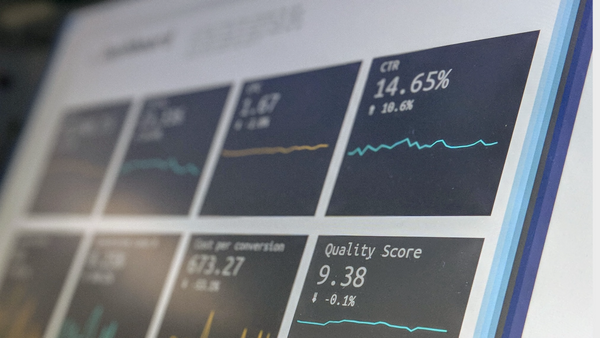One of the most crucial relationships that any inventory-heavy business should stay on top of is their relationship with suppliers. Nothing will hurt your business faster than a bad supplier relationship, and oftentimes that stems from bad payment practices. To help keep you in their good graces, here are three things to look out for when paying a supplier.
1. Early Pay Discounts
Leverage your supplier to help your business succeed. The best way to do this is by inquiring about 2/10 Net 30 payment terms. Suppliers want you to pay them just as fast as you want your customers to pay you. To incentivize buyers to pay faster, suppliers often offer a 2% discount on payments made within 10 days of an invoice creation date.
It’s an easy way to save some serious money on inventory purchases. For example, a $100,000 invoice could net you $2,000 in savings. Just ask your supplier if they offer 2/10 Net 30 terms.
Tip: Deepen the savings from special payment terms even further with a rewarding credit card or payment service, like Plastiq, and you could potentially double those numbers
Leverage your supplier to help your business succeed. The best way to do this is by inquiring about 2/10 Net 30 payment terms. Suppliers want you to pay them just as fast as you want your customers to pay you. To incentivize buyers to pay faster, suppliers often offer a 2% discount on payments made within 10 days of an invoice creation date.
It’s an easy way to save some serious money on inventory purchases. For example, a $100,000 invoice could net you $2,000 in savings. Just ask your supplier if they offer 2/10 Net 30 terms.
Tip: Deepen the savings from special payment terms even further with a rewarding credit card or payment service, like Plastiq, and you could potentially double those numbers
2. Supplier Financing
On the other end of the payment spectrum, suppliers will often offer supplier financing to their buyers. Sometimes known as “supplier credit” or “vendor financing,” this requires the help of a willing supplier. These financing terms allow you to hold off on paying an invoice until a later date.
However, financing doesn’t come for free. Suppliers will charge interest for the privilege of delaying payment and may require a guarantee of some sort. Compared against other financing alternatives, this option may provide a more attractive interest rate. This is especially true if the supplier is motivated to move units at the end of the year or is looking to leverage sales incentives.
3. Card Rewards
Paying an invoice means picking the right tool from your financial tool belt. In some cases, this may be a debit or credit card with a rewards program. After all, points, miles, and cashback rewards are tempting incentives.
Not only do you get a reward for paying your invoice, but you can also float your inventory purchase for up to 60 days (thanks to your credit card’s grace period).
However, only 10% of B2B payments today can be made by credit card, according to internal data from Plastiq. Those who do accept credit cards for payments may charge an exorbitant fee, which makes it imperative that you pay attention to whether or not a credit card payment is financially advantageous for your business, specifically when the fee is offset by a card reward or other benefits.
Summary
Suppliers and buyers must maintain good faith, symbiotic relationships for both businesses to succeed. Learning more about how your supplier’s payment terms work can help you uncover savings and ensure you’re meeting your end of the bargain. Together, you can both work towards successfully acquiring new customers.










